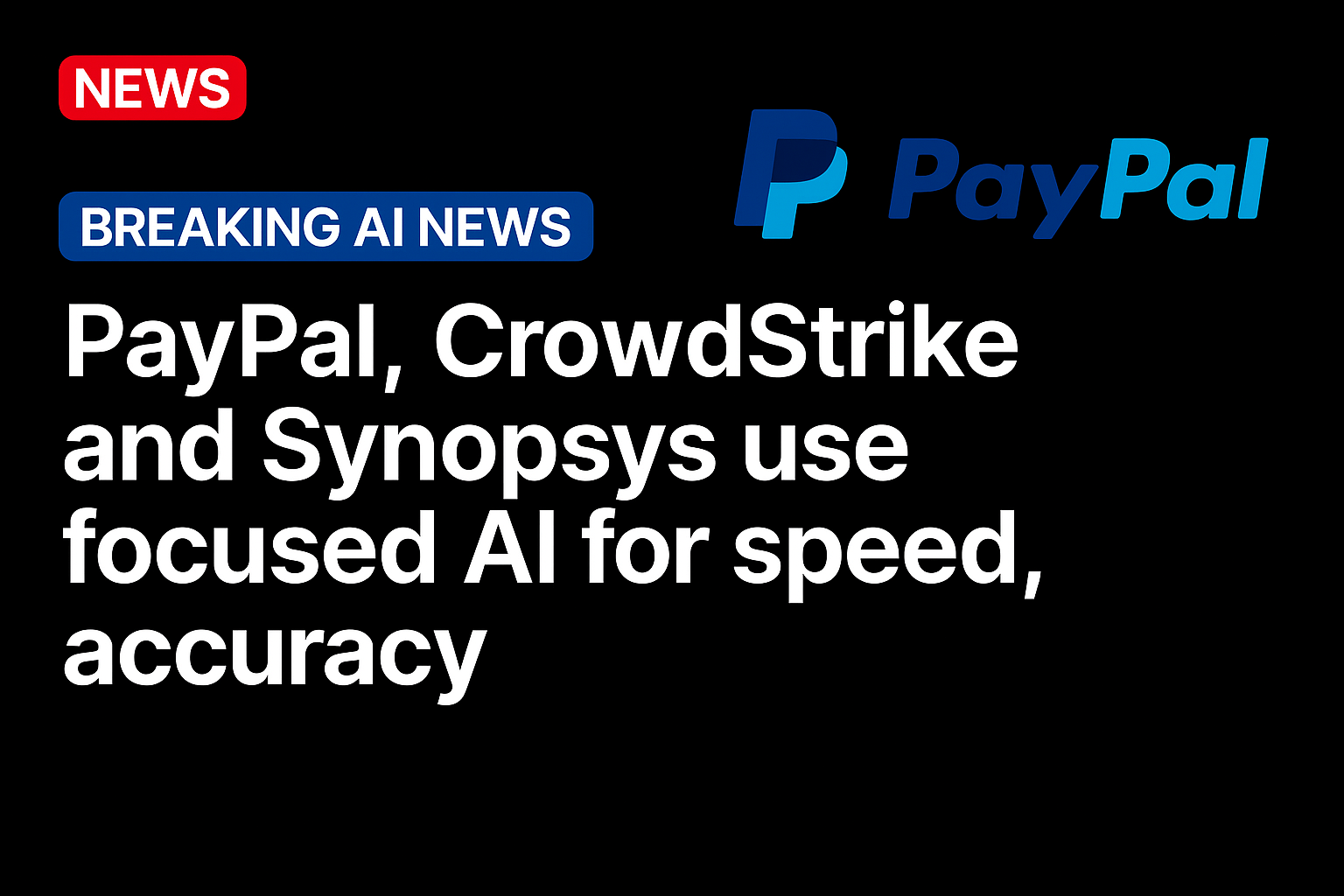
Companies are replacing large language models (LLMs) with smaller, specialized micro agents that handle tasks faster and more accurately. The move comes after early use showed that focused agents outperformed general-purpose models on cost, reliability and speed.
LLMs entered the market as all-purpose systems capable of answering open-ended questions, generating documents and assisting with research. Many companies initially attempted to build entire workflows around them. But over time, those attempts showed clear limitations. Broad models often required significant compute power, introduced latency during high-volume periods and produced uneven results when asked to perform industry-specific work.
Micro agents have emerged as an alternative. These agents focus on a single task, train on a much smaller set of data and operate inside tighter boundaries. The approach reduces the chance of inconsistent output, shortens inference time and gives companies clearer control over performance. These smaller agents are easier to adjust, quicker to deploy and more predictable to operate at scale.
Micro agents were easier to maintain. Because each one handles only one task, updates do not require retraining an entire system. When performance drifts, teams can correct or replace a single agent without interrupting work elsewhere. That modular structure has allowed early adopters to build artificial intelligence into more operational layers without encountering the cost spikes associated with running large models around the clock.
Businesses across varied industries have embraced micro-agents.
CrowdStrike Boosts Accuracy and Reduces Analyst Workload
CrowdStrike moved early to apply micro agents across its security platform. The company developed agents to review alerts, flag anomalies and recommend remediation steps. These agents were trained entirely on threat patterns, telemetry signals and internal detection workflows rather than broad conversational data.
CrowdStrike saw improved accuracy to more than 98% from roughly 80% and said it reduced manual analyst workload by nearly 90%. The company noted that the agents processed alerts at a pace that previously required multiple analysts to do the work. Consistency improved because the agents evaluated every alert against the same criteria, reducing the variability that often appears in human review.
These specialized agents also helped the company respond more quickly when threat volumes spiked. Instead of building larger analyst teams during surge periods, the firm used micro agents to handle the first layer of filtering and classification. Analysts received fewer low-priority alerts and could focus on cases that required deeper investigation.
PayPal Speeds Internal Decisions With Smaller Agents
PayPal adopted micro agents built on Nvidia open models to support a wide range of internal operations, including fraud review, developer assistance and merchant support. The company fine-tuned the agents on proprietary payments and commerce data, giving them context general purpose systems did not possess.
PayPal reported that the new structure reduced latency by about 50% across several internal tools and increase in developer productivity. Because the agents were narrowly scoped, PayPal could revise them in shorter cycles and deploy updates without extensive prompt adjustments. PayPal also announced its partnership with Open AI to embed its digital wallet into ChatGPT, as reported by PYMNTS.
Synopsys Uses Agents for Chip Design
Synopsys introduced agent-based tools into semiconductor design after expanding its collaboration with Nvidia. The company integrated its AgentEngineer technology with Nvidia’s NeMo Agent Toolkit and Nemotron open models to support verification, debugging and code-analysis tasks inside chip-design flows. Synopsys said it helps engineers automate steps and reported that early deployments shortened portions of the workflow, giving teams quicker visibility into potential issues and reducing time spent gathering data across design stages.
Synopsys also said the agentic tools improve consistency by evaluating design inputs using the same criteria on each pass. The agents run checks and prepare structured outputs that teams can review before moving to the next stage of development. The company noted that chip-design processes involve thousands of steps and benefit from tools that can automate repeatable actions.
Source: https://www.pymnts.com/




